1. Rotary Dial Telephones
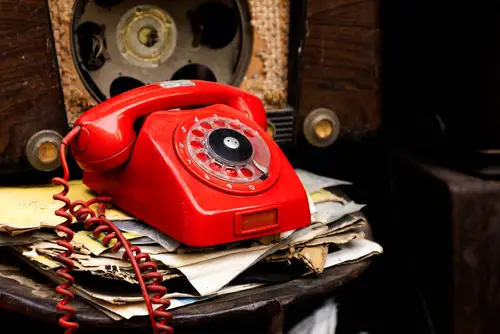
In the ’60s, if you wanted to call someone, you had to physically spin a numbered dial and wait for it to rotate back each time. These phones were solid, heavy, and often anchored to a wall or sitting on a hall table with a spiral cord that could tangle for days. There was no such thing as speed dial, and if you misdialed on the last number, you had to start all over again.
They’ve long since been replaced by push-button phones, cordless models, and of course, smartphones. While they’re a novelty now and sometimes used as retro décor, the convenience of modern technology has made these relics obsolete. Still, many people remember the satisfying click-whir sound of the dial and the patience it taught you.
2. Icebox Refrigerators
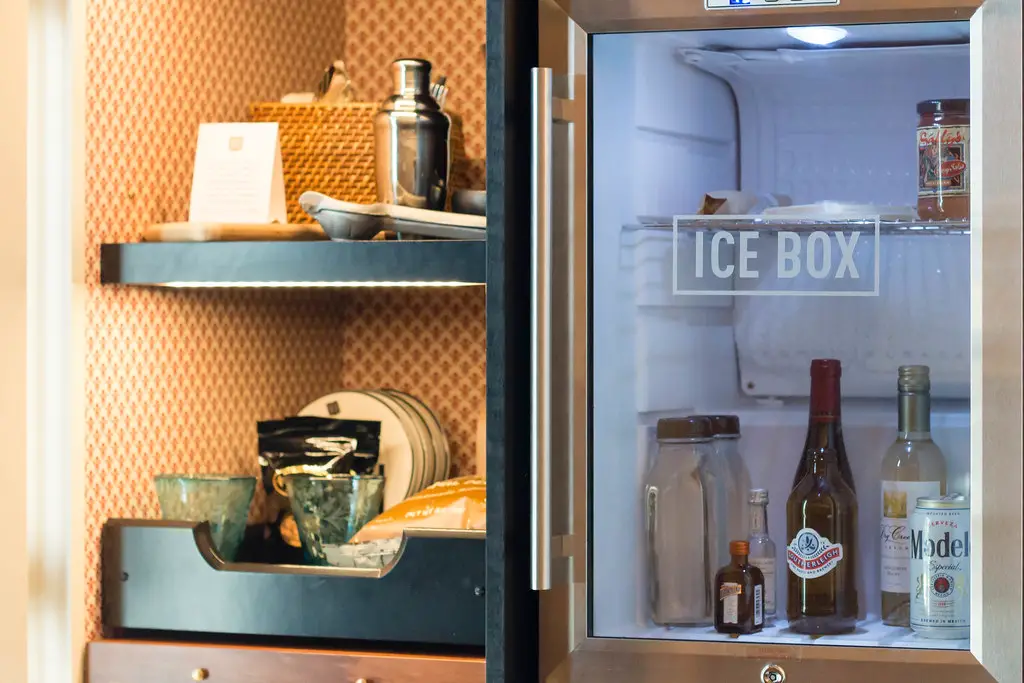
In many ’60s kitchens, you might still find an icebox instead of a fully electric refrigerator. These insulated cabinets relied on a block of ice to keep food cold, and someone had to replace that ice regularly. It was a holdover from earlier decades but still in use in rural or budget-conscious homes.
Electric refrigerators eventually became standard, offering more consistent cooling and no need for the iceman to visit. Iceboxes are now mostly found in museums or antique shops, serving as a reminder of how much work keeping food fresh used to be. They were a centerpiece of kitchen life, even if they were a bit of a hassle.
3. TV Antennas with “Rabbit Ears”
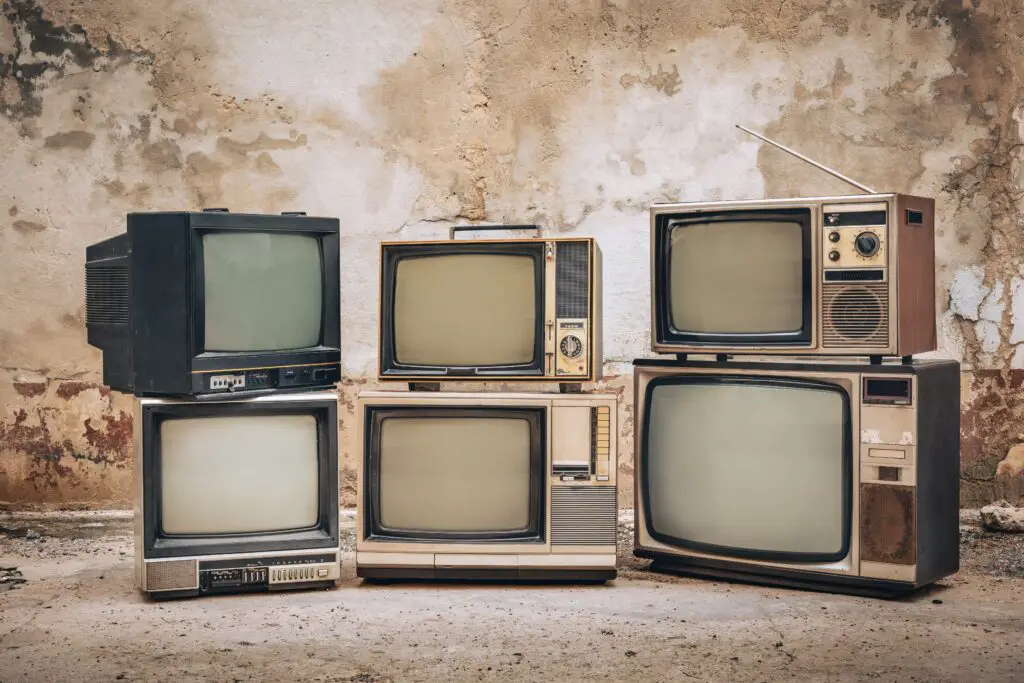
Watching television in the ’60s often meant fiddling with a pair of telescoping metal rods on top of your set to improve the picture. These “rabbit ears” could be adjusted in all directions, sometimes wrapped in aluminum foil, all in pursuit of a clearer signal.
With the rise of cable TV and now streaming, the need for indoor antennas has mostly vanished. While you can still buy digital antennas, the classic rabbit ears are a true vintage sight. They’re a quirky reminder of a time when getting a perfect TV picture could be an entire evening’s project.
4. Ashtrays in Every Room
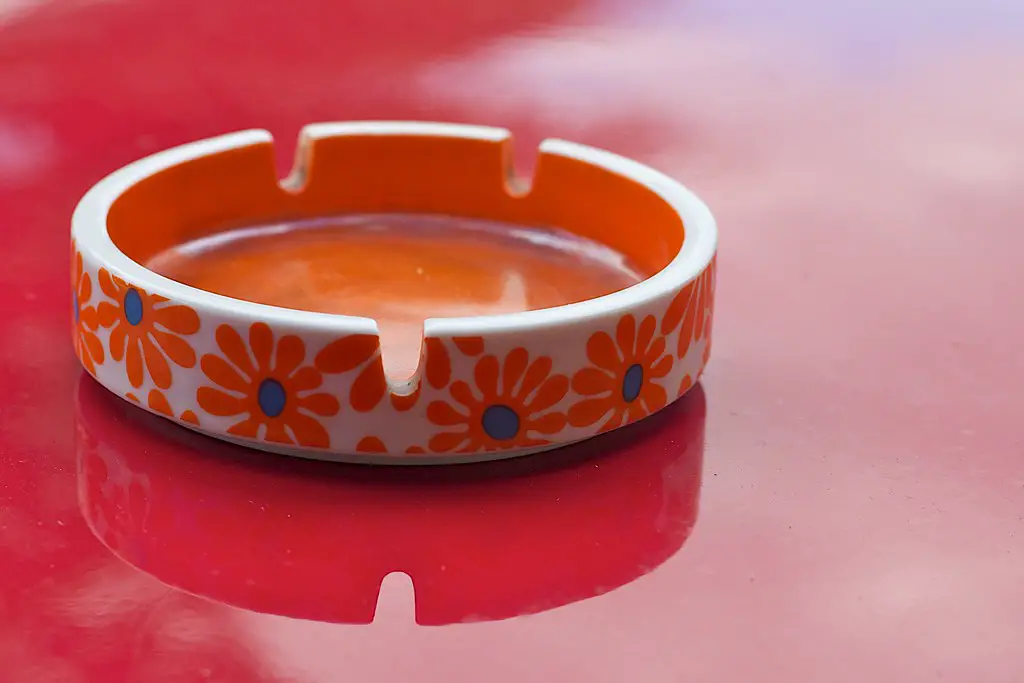
Smoking was such a common part of everyday life in the ’60s that homes often had decorative ashtrays on coffee tables, nightstands, and even in the kitchen. These weren’t just functional, they were stylish, with designs in glass, ceramic, or metal to match the décor.
Today, smoking indoors has declined sharply, and decorative ashtrays have mostly disappeared from modern homes. You might find them in thrift stores or antique shops, but their once-essential role in households is now a thing of the past. For many, their absence is as much about changing health awareness as it is about changing style.
5. Wall-Mounted Bottle Openers
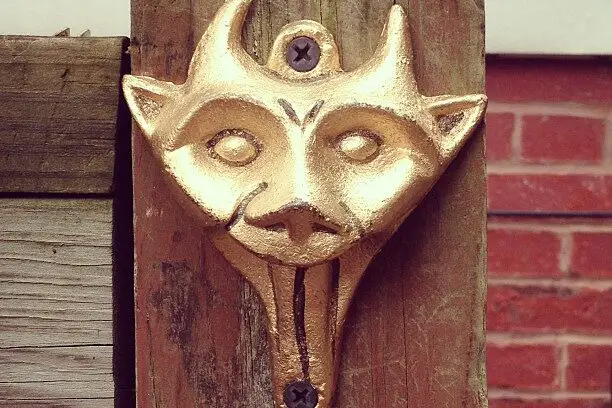
Before twist-off caps and convenient kitchen gadgets, wall-mounted bottle openers were a staple in kitchens, basements, and garages. They were often screwed right into the wall, with a little metal lip to pop off caps in one quick motion.
They’ve largely disappeared thanks to twist-off bottles and more compact handheld openers. Still, for those who remember, there’s something nostalgic about the sound of a cap clinking into the catch bin underneath. Some retro-inspired bars still use them, but in homes, they’re mostly a vintage oddity.
6. Aluminum Christmas Trees
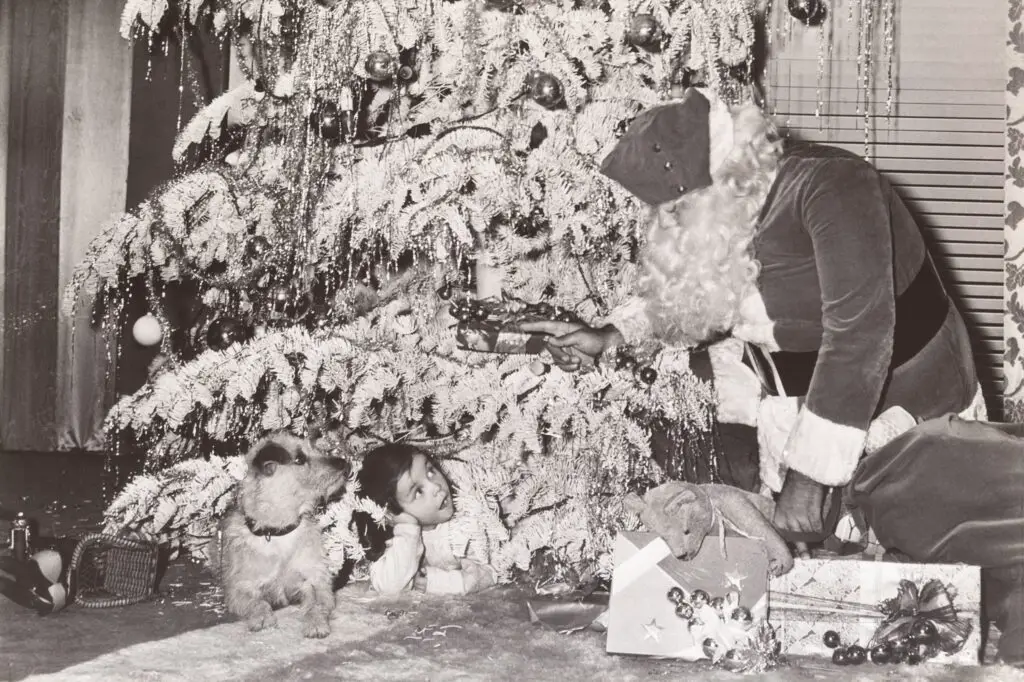
These shiny silver or colored trees were the height of mid-century holiday style. Often paired with a rotating color wheel light, they gave off a futuristic glow that made them stand out from traditional green pines.
By the ’70s, their popularity waned as people shifted back to natural or more realistic artificial trees. Today, vintage aluminum trees are collector’s items, cherished for their kitschy charm and unmistakable ’60s vibe. They were a bold holiday statement that you just don’t see much anymore.
7. Party Lines for Telephones
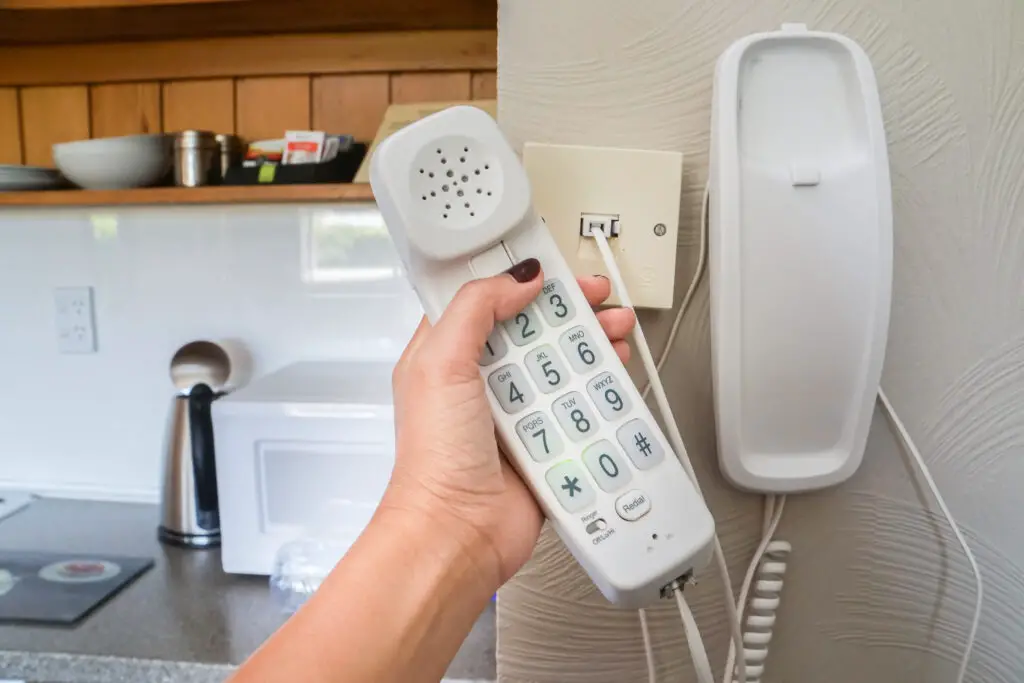
Some households in the ’60s shared a phone line with neighbors in what was called a “party line.” You had your own ring pattern, but if someone else was using the line, you had to wait. It made private conversations tricky, especially with nosy neighbors.
As phone networks expanded, party lines disappeared, replaced by private lines for each household. For those who lived with them, they’re a quirky memory of a time when even phone calls were a bit of a community affair. It’s hard to imagine in today’s world of instant and personal communication.
8. Milk Delivery Boxes

In many neighborhoods, fresh milk was delivered right to your doorstep, often placed in a small insulated metal or wooden box. The milkman became a familiar sight, and empty bottles would be swapped for full ones a few times a week.
Supermarkets and refrigeration eventually ended daily deliveries, making these boxes unnecessary. Today, they’re sometimes repurposed as planters or storage, but their original role is long gone. It’s a quaint reminder of a time when groceries came to you, not the other way around.
9. Console Stereos
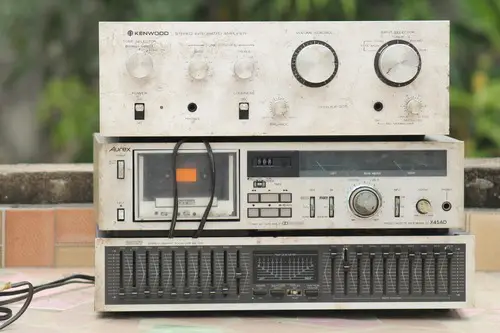
These massive pieces of furniture combined a record player, radio, and sometimes even a television in one long wooden cabinet. They were a centerpiece of the living room, with rich wood finishes and large built-in speakers.
By the ’80s, more compact stereo systems took over, and consoles were left behind. Now, they’re vintage treasures for collectors or retro design lovers. They represented not just music, but a sense of home entertainment luxury.
10. Wringer Washing Machines
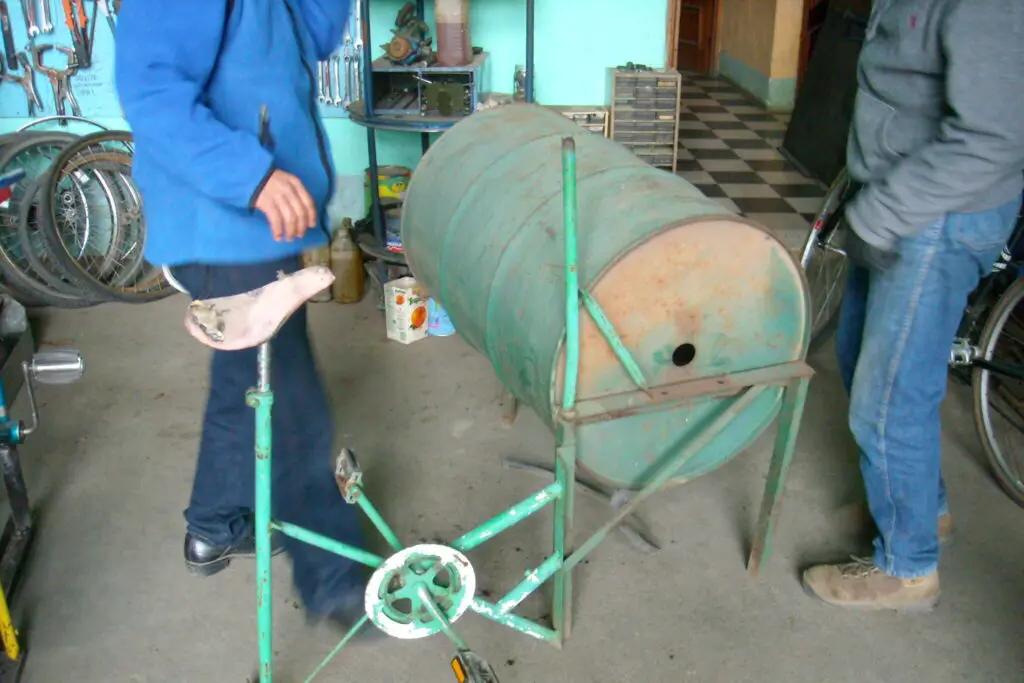
These early washing machines used two rollers to squeeze excess water out of clothes before hanging them to dry. It was a step up from hand washing but still required a fair amount of effort and care.
Automatic washers and dryers eventually replaced them, making laundry day much simpler. Wringer machines are now mostly seen in museums or vintage appliance collections. For those who used them, they were both a blessing and a chore.
11. Bread Boxes
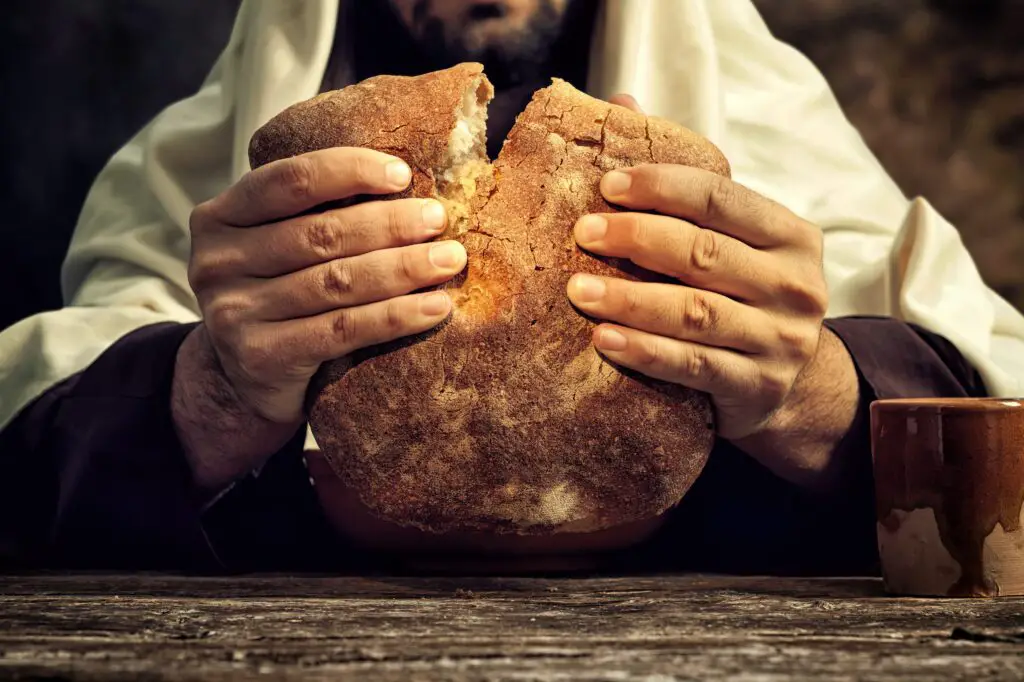
Almost every kitchen counter in the ’60s had a bread box, a lidded container meant to keep loaves fresh and safe from pests. They were often made of metal or wood, sometimes with colorful designs to match the kitchen décor.
Today, with pre-packaged bread and more storage options, bread boxes have mostly disappeared. They’re still sold, often as retro décor, but their necessity has faded. For some, they bring back memories of fresh bakery loaves waiting inside.
12. TV Test Patterns

Before 24-hour broadcasting, TV stations would sign off late at night and display a test pattern until morning. This usually featured a geometric design with color bars or a grayscale chart, sometimes accompanied by a constant tone.
With round-the-clock programming and digital broadcasting, test patterns are no longer part of the viewing experience. They’ve become a nostalgic icon of early television, reminding us of a time when the TV actually “slept” at night.
13. Typewriters on Every Desk

In the ’60s, whether for work or personal use, having a typewriter at home was common. These machines were clunky, noisy, and required ribbons and correction fluid, but they were the go-to for letters, reports, and school assignments.
Personal computers eventually replaced them, making typing faster and editing easier. Today, typewriters are mostly decorative or used by enthusiasts who appreciate their tactile feel. They’re a relic of a slower, more deliberate writing process.
14. Ceramic Figurines for Display
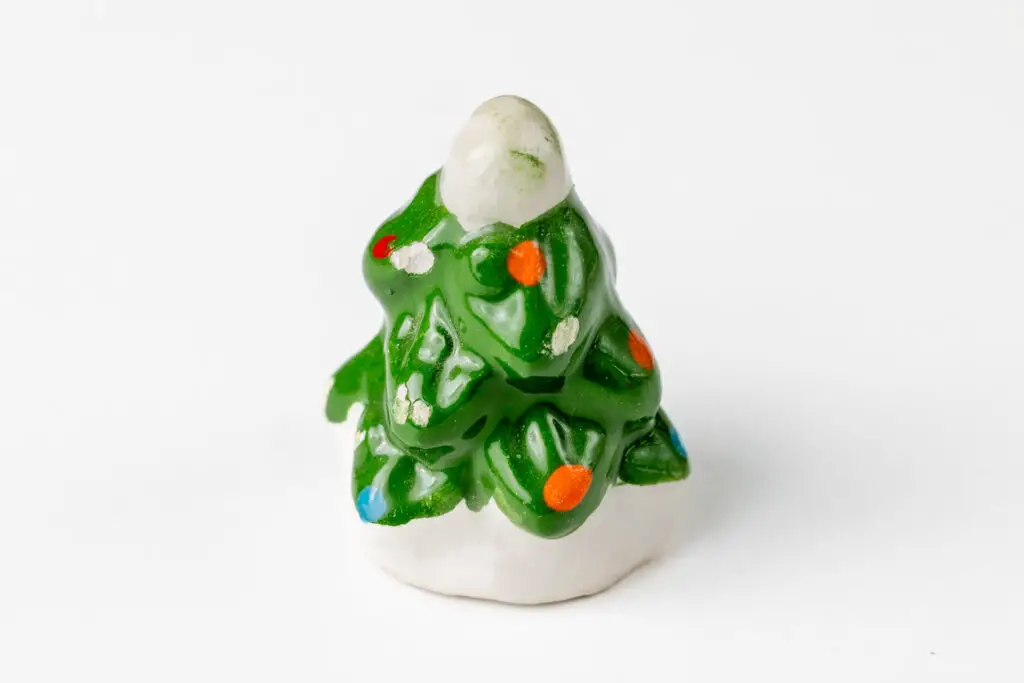
Many homes showcased shelves or curio cabinets filled with small ceramic animals, people, or holiday-themed figurines. They were often gifts, souvenirs, or collectibles meant purely for decoration.
Over time, minimalism and changing décor trends pushed these knickknacks aside. They’re still beloved by collectors, but the idea of having a whole shelf just for display items isn’t as common now. In the ’60s, they were a small but meaningful way to show personality in the home.
15. Manual Can Openers with Wooden Handles
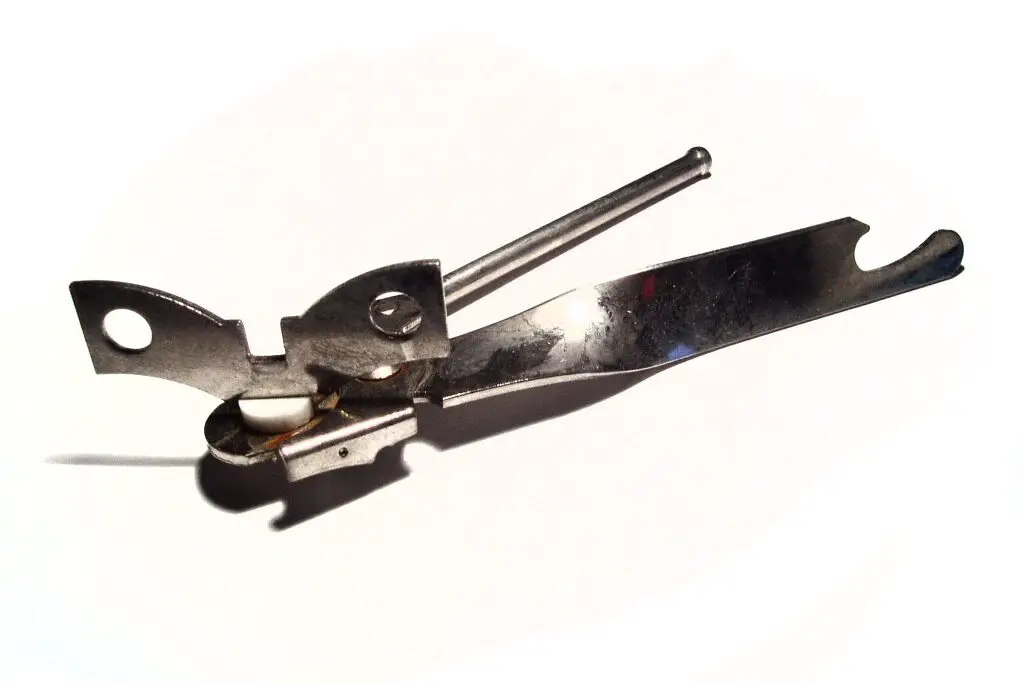
Before electric gadgets took over, opening a can meant using a small metal opener with a wooden handle. It required a bit of effort, especially for stubborn lids, but it was a standard kitchen tool.
Electric can openers and pop-top cans made these mostly unnecessary. While some people still keep them for camping or emergencies, they’re no longer the daily kitchen staple they once were. For many, the feel of that wooden handle is pure nostalgia.
16. Record Cleaning Kits
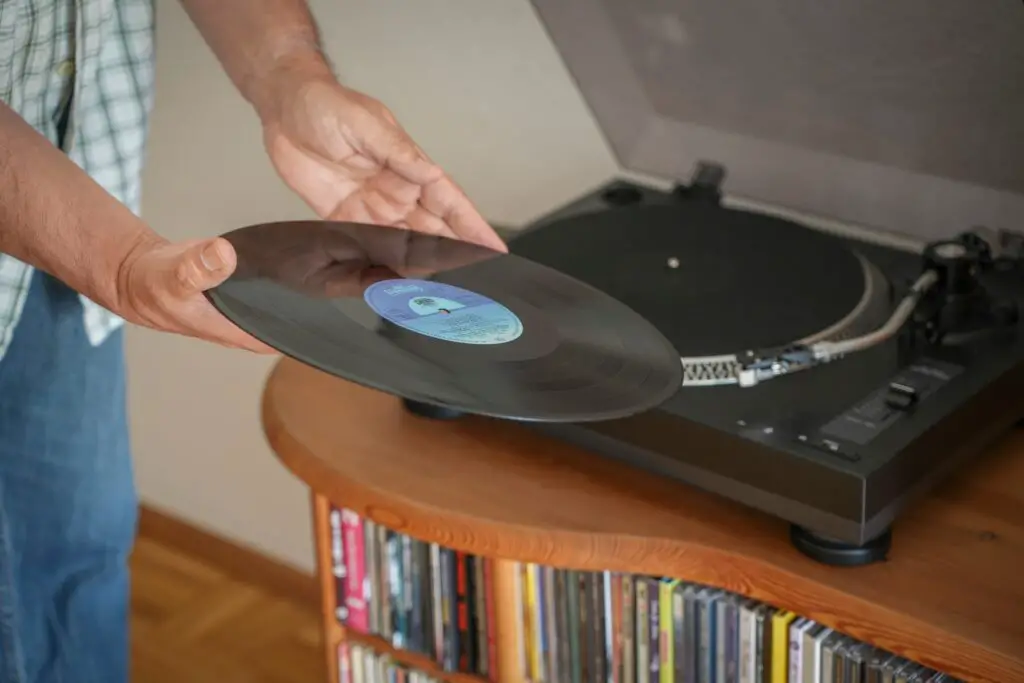
For music lovers in the ’60s, keeping vinyl records dust-free was essential. Kits included brushes, cloths, and special cleaning fluid to keep albums sounding their best.
With CDs, MP3s, and streaming, the ritual of cleaning records faded for decades. Now, with vinyl making a comeback, modern versions of these kits exist, but the original ’60s sets are collector’s items. They recall a time when caring for your music was just as important as listening to it.
